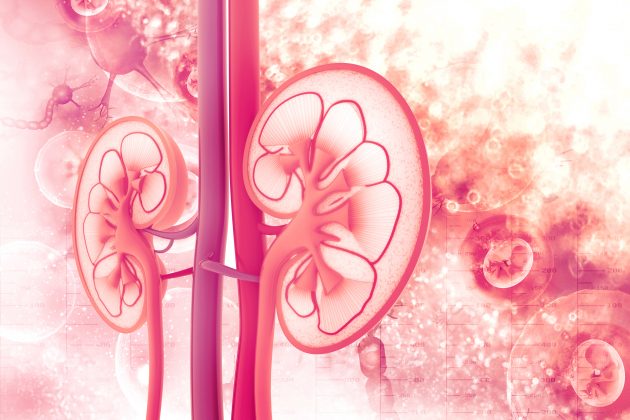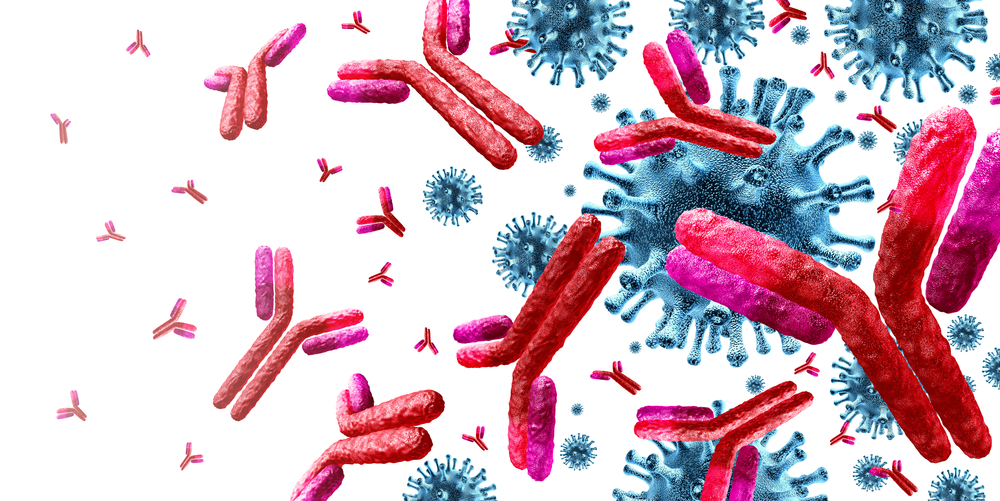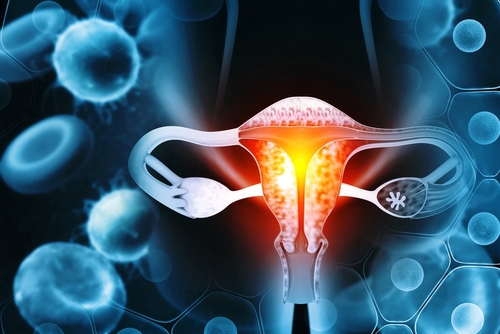Kidney Week 2020
Patients with acute kidney injury commonly experience hyperkalemia. There are few data available on the associated factors and clinical consequences in patients with community-acquired AKI (CA-AKI). Jose M. Pena Porta, MD, and colleagues at Hospital Clínico Universitario Lozano Blesa, Zaragoza, Spain, conducted an study to examine that occurrence. Results of the study were reported in conjunction with ASN Kidney Week in a poster titled Hyperkalemia in Community-Acquired AKI: Associated Factors and Clinical Consequences.
The study cohort included 308 patients with CA-AKI who were admitted to the nephrology service at the clinic from January 2010 to February 2015. The study defined hyperkalemia as potassium level >5.1 mEq/L.
Mean age of the cohort was 73.2 years, 58.4% were men, and the mean Charlson comorbidity index (CCI) was 7.16 points. The mean of drugs ingested daily was 7.81 and mean length of stay was 12.25 days. A total of 212 patients had previous chronic kidney disease (68.6%). Of the 308 patients, 54 patients required hemodialysis (17.15%) and 38 died during the hospital stay (12.3%).
Hyperkalemia occurred in 56.2% of the cohort (n=173). Mean potassium level was 5.45 mEq/L. There was a significant correlation between hyperkalemia and pH as well as between potassium and CCI. There were also associations between hyperkalemia and intake of potassium-sparing diuretics (P<.001), angiotensin converting enzyme inhibitors/angiotensin II receptor blockers (P=.003), and beta blockers (P<.001).
There was no association between potassium level and length of stay. Patients with hyperkalemia required hemodialysis in a greater proportion compared with patients without hyperkalemia (23.7% vs 9.6%; P=.01), and had higher mortality during the hospital stay (15.6% vs 81.%; P=.048). After follow-up of 971 days following hospital discharge, Kaplan-Meier survival curves showed a significant difference between patients with hyperkalemia and patients without hyperkalemia.
“Hyperkalemia occurred in just over half of our patients. The potassium level was significantly determined by the previous comorbidity, pH, and the intake of potassium-sparing diuretics. Hyperkalemia patients required hemodialysis and died in a greater proportion during the hospital stay. Mortality after discharge was higher in patients who presented with hyperkalemia. Appropriate measures must be taken to correct hyperkalemia early in patients with CA-AKI,” the researchers said.
Source: Pena Porta JM, Castellano A, Coscojuela O, et al. Hyperkalemia in community-acquired AKI: Associated factors and clinical consequences. Abstract of a poster published in conjunction with the American Society of Nephrology virtual Kidney Week 2020 (Abstract PUB008).
Credit: Original article published here.









